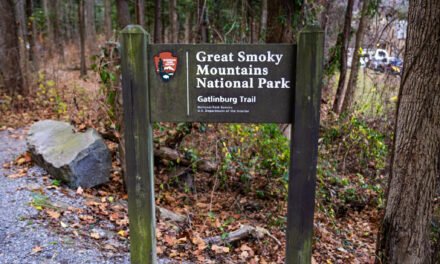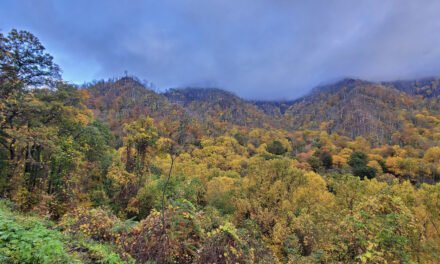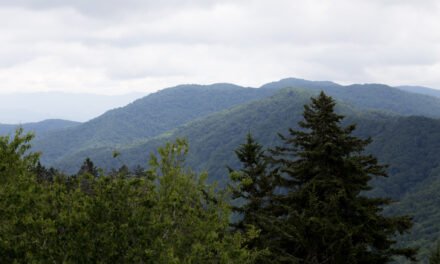As the snow melts and the first signs of spring emerge, the Great Smoky Mountains National Park transforms into a verdant paradise, teeming with life and color. This article takes you on a journey through the park’s springtime wonders, from blooming wildflowers to the resurgence of wildlife. Perfect for nature enthusiasts and casual visitors alike, this guide will help you make the most of your spring visit to this majestic natural wonder.
Overview of the Great Smoky Mountains in Spring
- Location: Straddling the border between North Carolina and Tennessee
- Climate: Mild temperatures with occasional rain showers
- Flora: Over 1,500 kinds of flowering plants
- Fauna: Diverse wildlife including black bears, deer, and myriad bird species
In spring, the park’s vast expanse of over 800 square miles becomes a canvas of vibrant colors and sounds. The weather is pleasantly cool, ideal for hiking and exploring.
Best Trails for Spring Hiking
- Porters Creek Trail: Famous for its wildflowers, especially in April
- Alum Cave Trail: Offers stunning views of the mountains
- Abrams Falls Trail: A moderate hike leading to a beautiful waterfall
These trails offer varying levels of difficulty and unique springtime views, from flowering valleys to panoramic mountain vistas.
Wildlife Watching Tips
- Best Times: Early morning or late afternoon for active wildlife
- Safety Tips: Keep a safe distance, especially from bears and elk
- Equipment: Binoculars and a camera with a zoom lens
Spring is an active season for wildlife. Visitors might spot black bears emerging from hibernation, elk grazing in the fields, or hear the melodious songs of migratory birds.
Blooming Calendar: Wildflowers and Where to Find Them
- March-April: Spring beauties, trilliums, and violets
- April-May: Mountain laurels and rhododendrons
- Locations: Cades Cove, Cataloochee Valley, and along the Roaring Fork Motor Nature Trail
The park is renowned for its diversity of wildflowers, with each month bringing new varieties to life.
Spring Festivals and Events
- Wildflower Pilgrimage: A week-long event celebrating the park’s floral diversity
- Music of the Mountains: Showcasing traditional Appalachian music
- Spring Hikes: Guided tours focusing on history, wildlife, and botany
These events offer unique ways to experience the park’s cultural and natural heritage.
Photography Tips for Capturing Spring’s Beauty
- Lighting: Overcast days for soft, diffused light
- Composition: Use leading lines and natural frames
- Timing: Capture early morning mist or golden hour glow
Spring provides countless opportunities for stunning photography, from close-ups of delicate wildflowers to sweeping landscapes.

Accommodations and Amenities
- Lodging: Campgrounds and nearby hotels in Gatlinburg and Pigeon Forge
- Dining: Picnic areas within the park and diverse restaurants in surrounding towns
- Facilities: Visitor centers offering maps, exhibits, and helpful staff
While there are no lodgings inside the park, the surrounding areas offer a range of accommodations and dining options.
Takeaways
- Best Time to Visit: Late April to early June for optimal wildlife and flora
- Packing Essentials: Comfortable hiking boots, rain gear, and a camera
- Remember: Leave no trace to preserve the park’s natural beauty
Visiting the Great Smoky Mountains in spring is an unforgettable experience, offering a blend of natural beauty and rejuvenation.
Frequently Asked Questions
- Q: Do I need a permit to hike?
A: No, but some overnight backcountry trips require permits. - Q: Are pets allowed on trails?
A: Pets are only allowed in campgrounds, picnic areas, and along roadsides. - Q: What are the chances of seeing wildlife?
A: High, especially if you visit during the recommended times and stay on marked trails.






